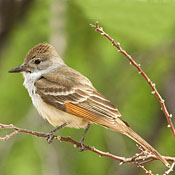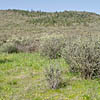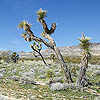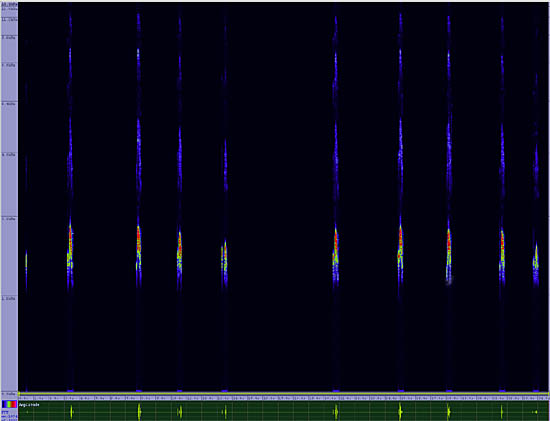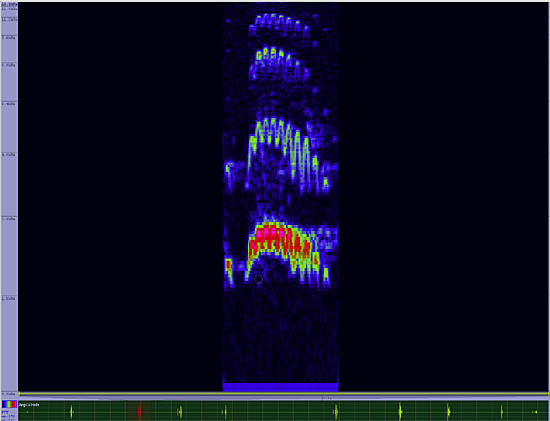Ash-throated Flycatcher
Myiarchus cinerascens

Perching
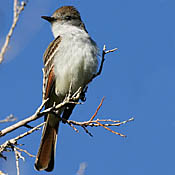
Length: 9 in. (22 cm )
Common in scrubby forests of dry areas and lower foothills, the Ash-throated Flycatcher eats insects it catches with its broad bill in mid-air. In the fall and winter, it also eats fruits. The nest is in a hole of a tree, Saguaro Cactus or fence post, and occasionally the adults add a cast snake skin to its lining of fur and feathers. It has been known to drive woodpeckers from their holes to take over a cavity.
The four-digit banding code is ATFL.
Bibliographic details:
- Article: Ash-throated Flycatcher
- Author(s): Dr. Biology
- Publisher: Arizona State University School of Life Sciences Ask A Biologist
- Site name: ASU - Ask A Biologist
- Date published: 13 Jul, 2017
- Date accessed: 24 November, 2025
- Link: https://askabiologist.asu.edu/activities/bird/ash-throated-flycatcher
APA Style
Dr. Biology. (Thu, 07/13/2017 - 15:36). Ash-throated Flycatcher. ASU - Ask A Biologist. Retrieved from https://askabiologist.asu.edu/activities/bird/ash-throated-flycatcher
Chicago Manual of Style
Dr. Biology. "Ash-throated Flycatcher". ASU - Ask A Biologist. 13 Jul 2017. https://askabiologist.asu.edu/activities/bird/ash-throated-flycatcher
MLA 2017 Style
Dr. Biology. "Ash-throated Flycatcher". ASU - Ask A Biologist. 13 Jul 2017. ASU - Ask A Biologist, Web. https://askabiologist.asu.edu/activities/bird/ash-throated-flycatcher
Be Part of
Ask A Biologist
By volunteering, or simply sending us feedback on the site. Scientists, teachers, writers, illustrators, and translators are all important to the program. If you are interested in helping with the website we have a Volunteers page to get the process started.



